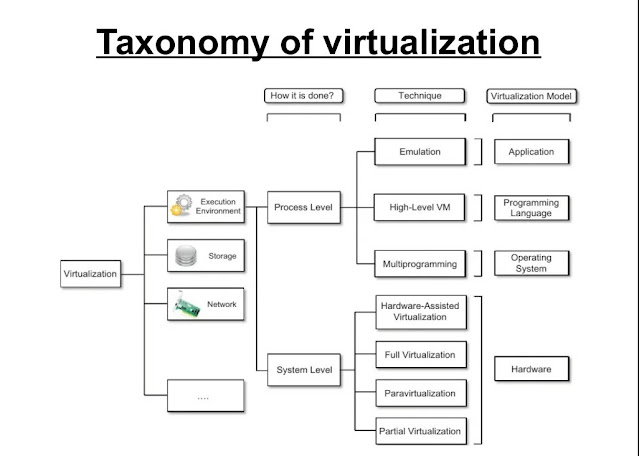Discuss how inductive logic programming (ILP) is used as graph mining algorithm.
Inductive Logic Programming (ILP)
Inductive logic programming (ILP) is traditionally concerned with detecting patterns in data in form of logical programs (as Prolog code). ILP is the subfield of machine learning that uses first-order logic to represent hypotheses and data. Because first-order logic is expressive and declarative, inductive logic programming specifically targets problems involving structured data and background knowledge. Inductive logic programming tackles a wide variety of problems in machine learning, including classification, regression, clustering, and reinforcement learning, often using "upgrades" of existing propositional machine learning systems.
ILP can be used to find patterns and hidden regularities in relational data. In contrast to traditional pattern mining assuming that the data is given in form of attribute-value based on a single relational table, relational data mining is able to analyze data in a multi-relational form. That means that examples can possess a variable number of attributes, which can include other objects with properties. Within ILP these examples or objects can be described as Prolog programs. Inductive logic programming systems have been applied to important applications in bio- and chemoinformatics, natural language processing, sequence, graph mining, and web mining.
The first motivation and most important motivation for using inductive logic programming is that it overcomes the representational limitations of attribute-value learning systems. Such systems employ a table-based representation where the instances correspond to rows in the table, the attributes to columns, and for each instance, a single value is assigned to each of the attributes. This is sometimes called the single-table single-tuple assumption.



Comments
Post a Comment